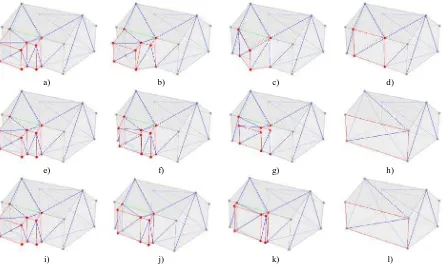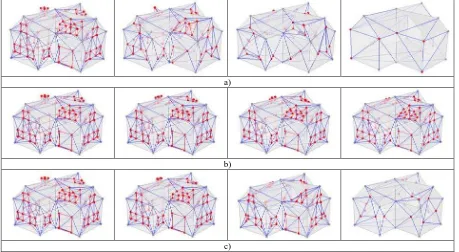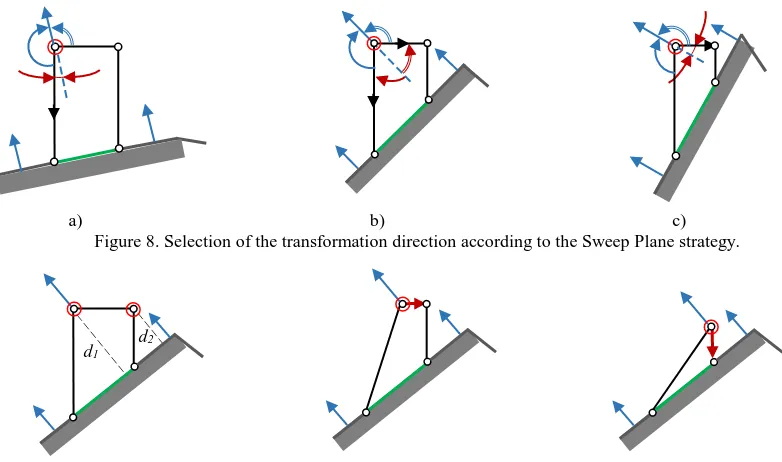isprs archives XLI B2 413 2016
Teks penuh
Gambar




Garis besar
Dokumen terkait
This subsection reports the correlation analysis result using the hourly travel volumes of the trips inferred from smart card data and mobile phone data.. The scatter plot of
The geometric quality is based on the quality of the used images orientation parameters (interior and exterior orientation), the maximum distance of used image parts from
We present an approach that allows the use of existing point cloud file format libraries on the Apache Spark big data framework.. We demonstrate the ingestion of large volumes
In FSPP, fuzzy numbers can be used to model the uncertain aspects of the The International Archives of the Photogrammetry, Remote Sensing and Spatial Information
In case of the terrain with large altitude differences on a small area (Biokovo), the different perspectives on the stereo models are being made, so the recognition of
As the analysis of the data captured by the support points delivers only an empirical variogram – which is in fact no function, but a set of points serving
This paper uses the data from Global Terrorism Database (GTD), discussed the spatio-temporal characteristics of terrorism events, designed the structure of event
Research based on the analysis of multitemporal aerial images from 1951-2004 made it possible to reconstruct the intermediate conditions of the Baltic Sea shoreline
